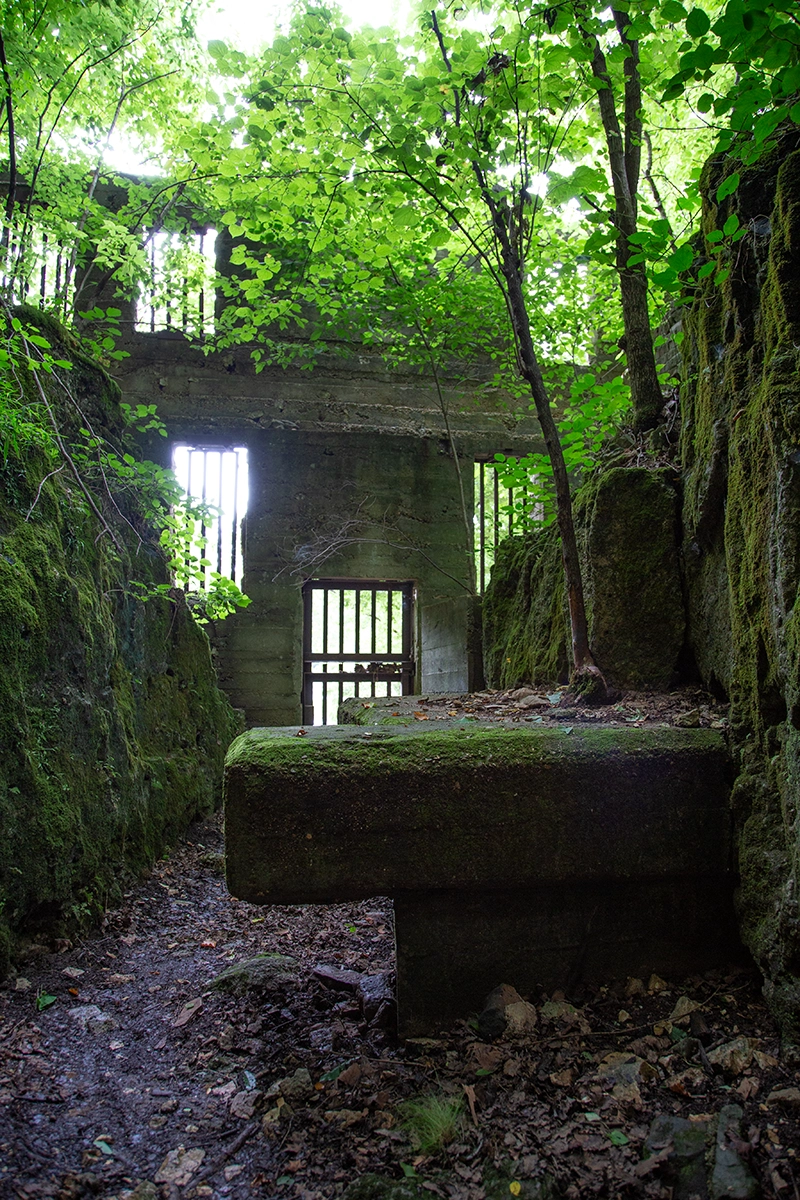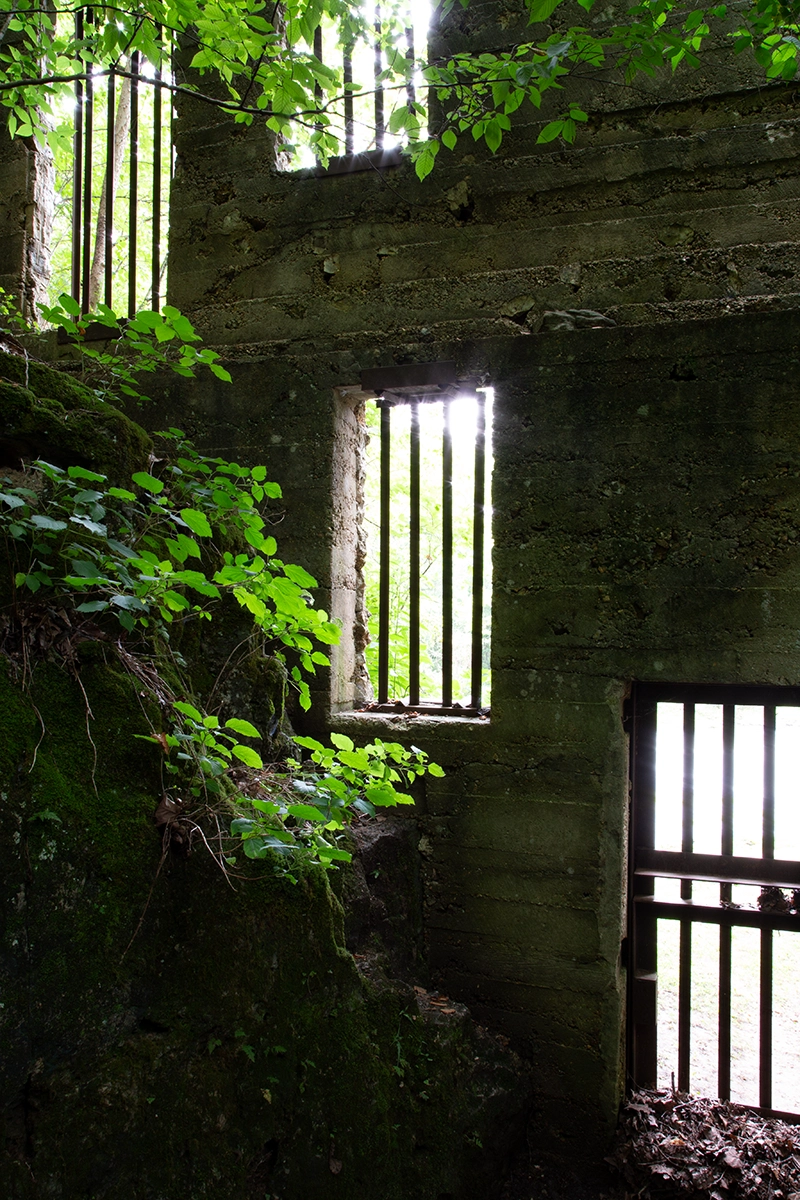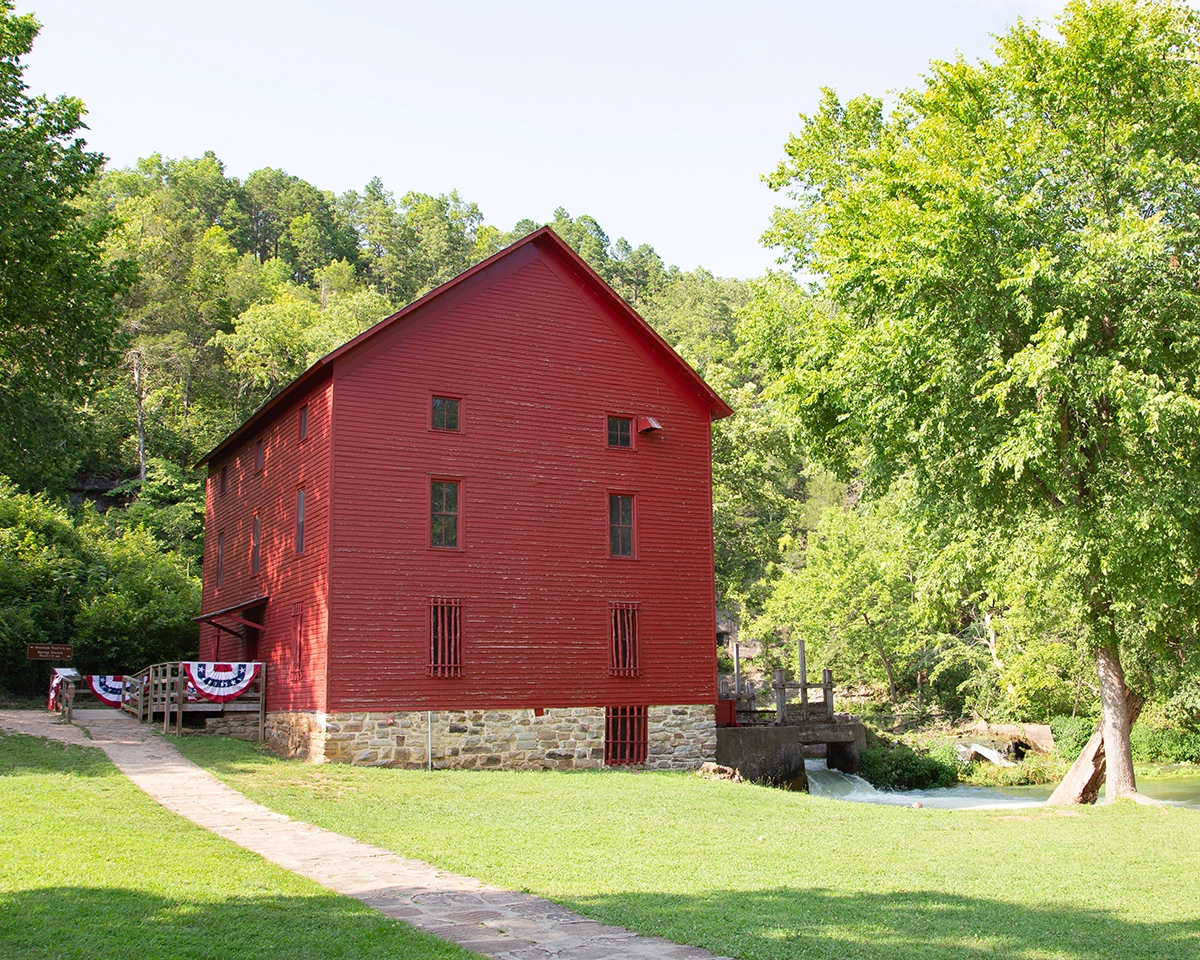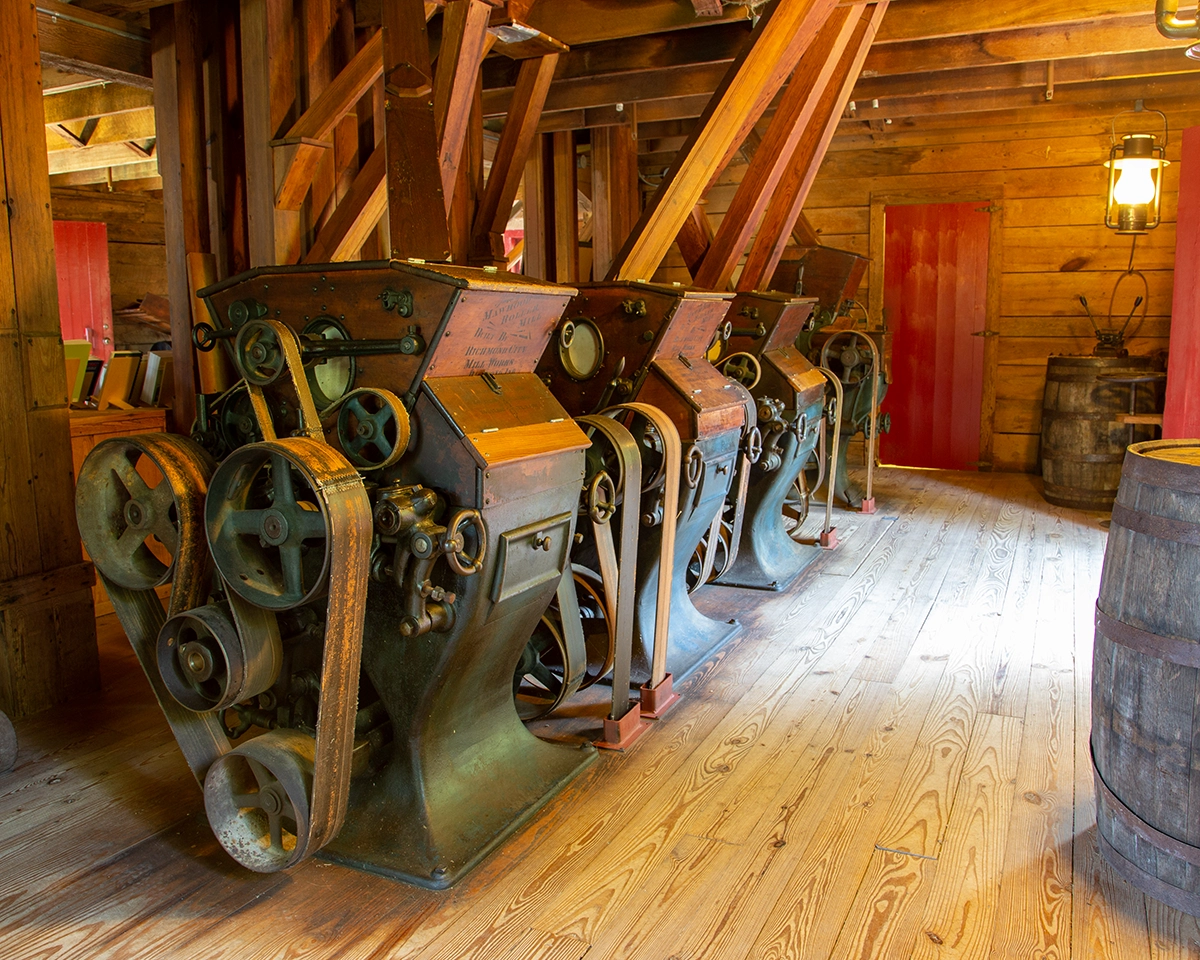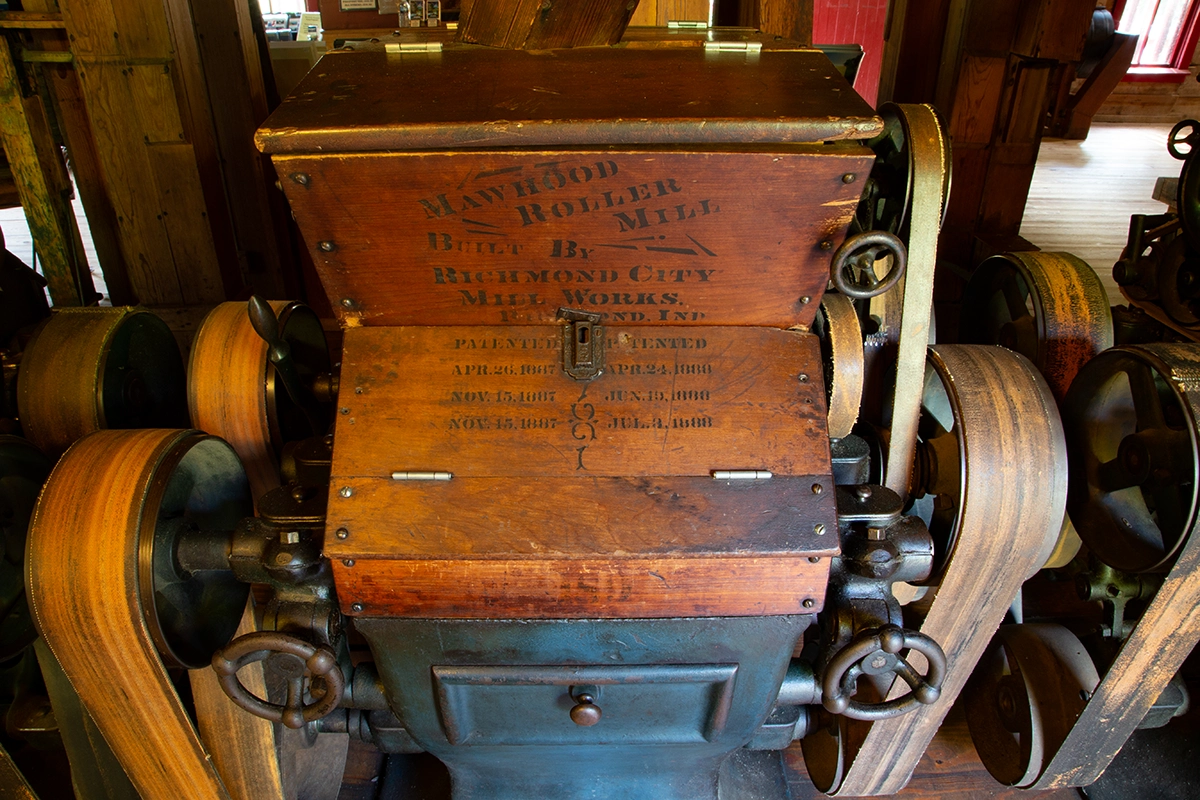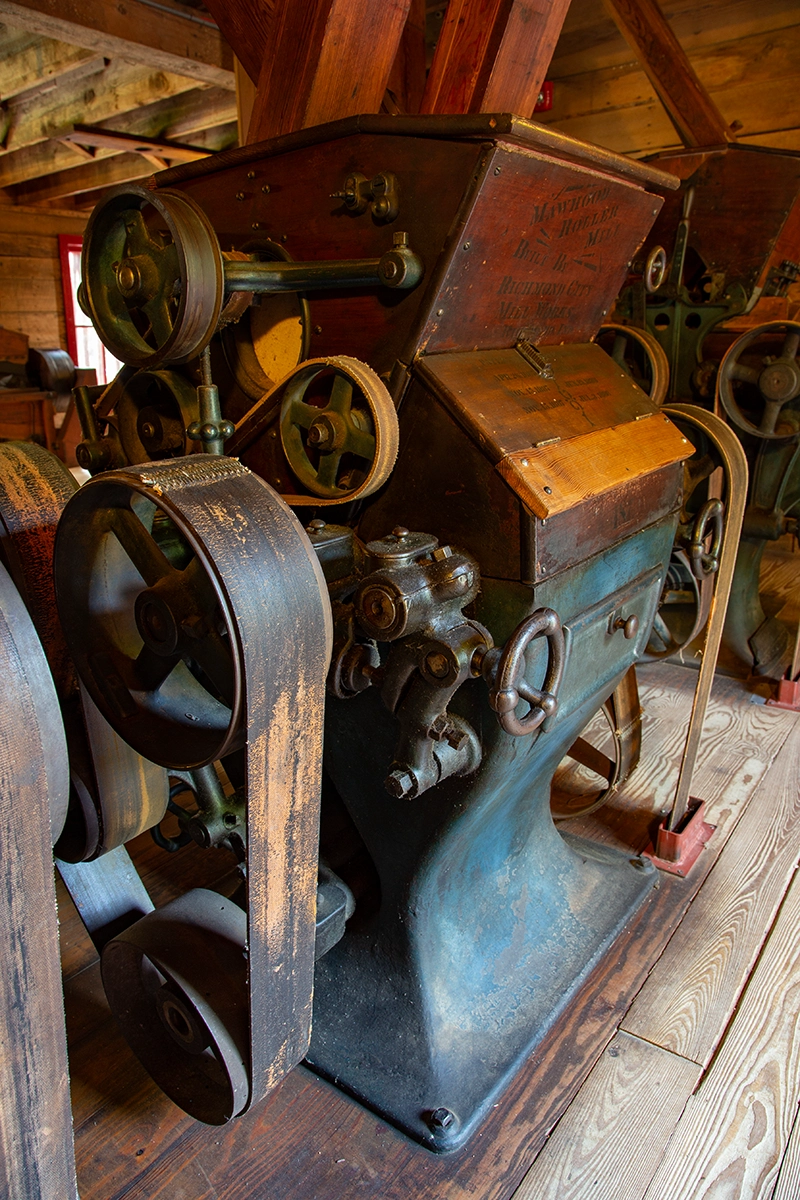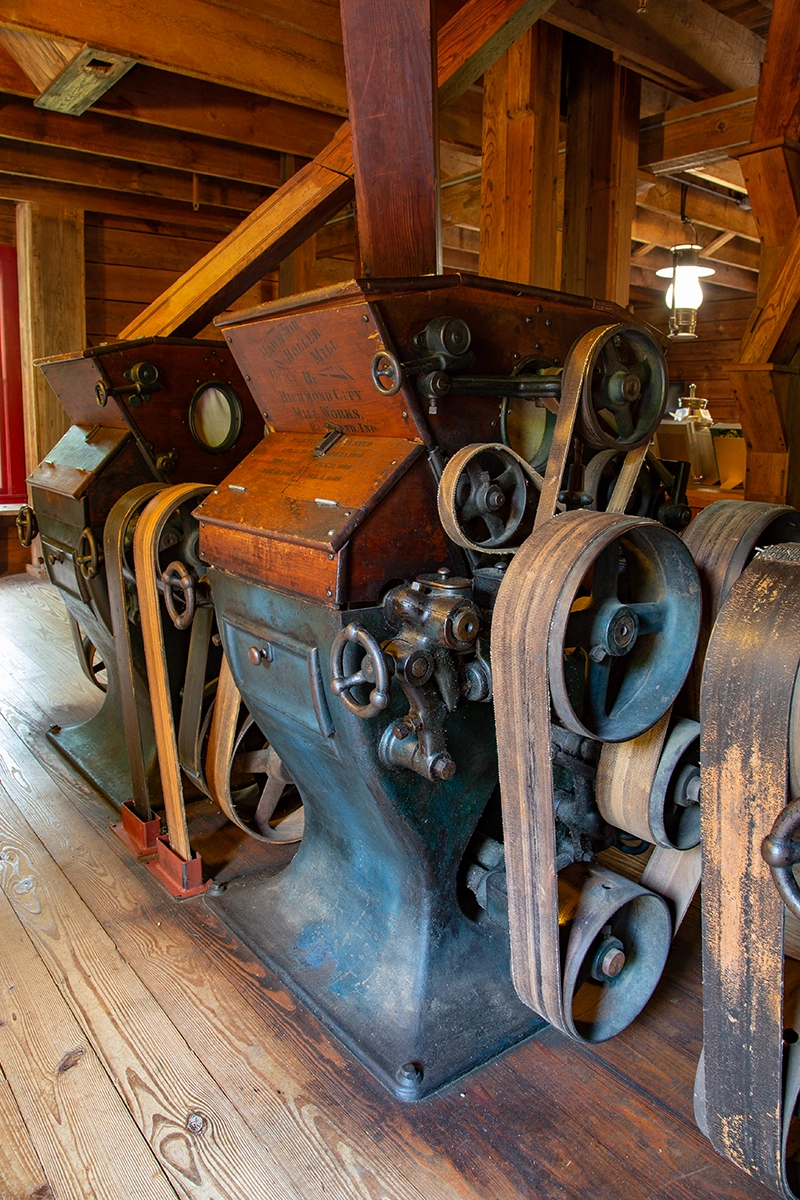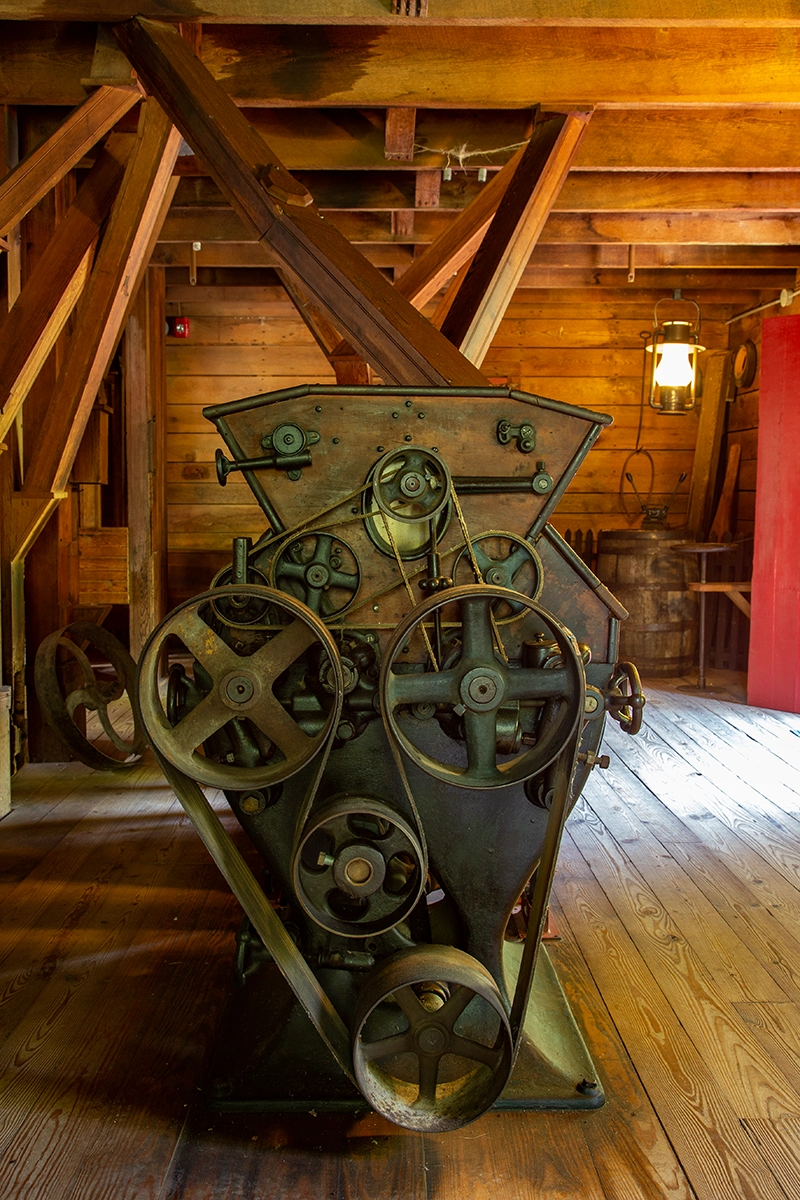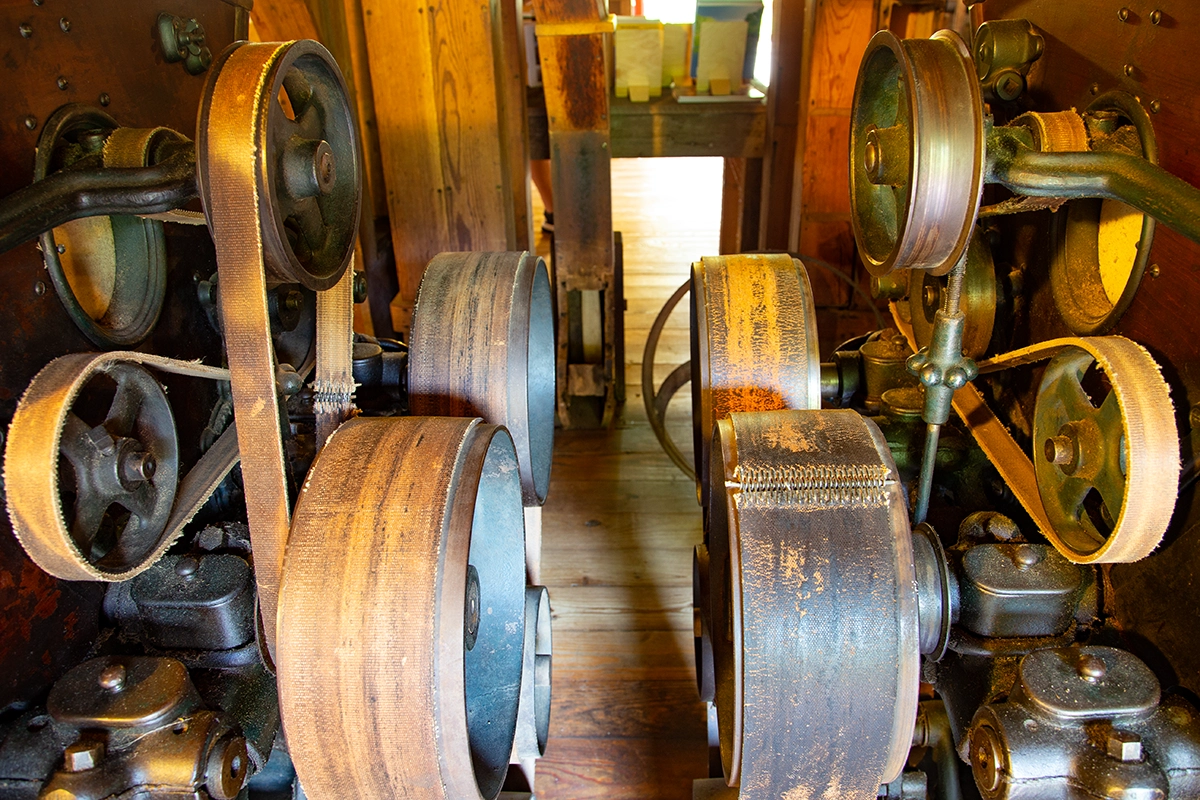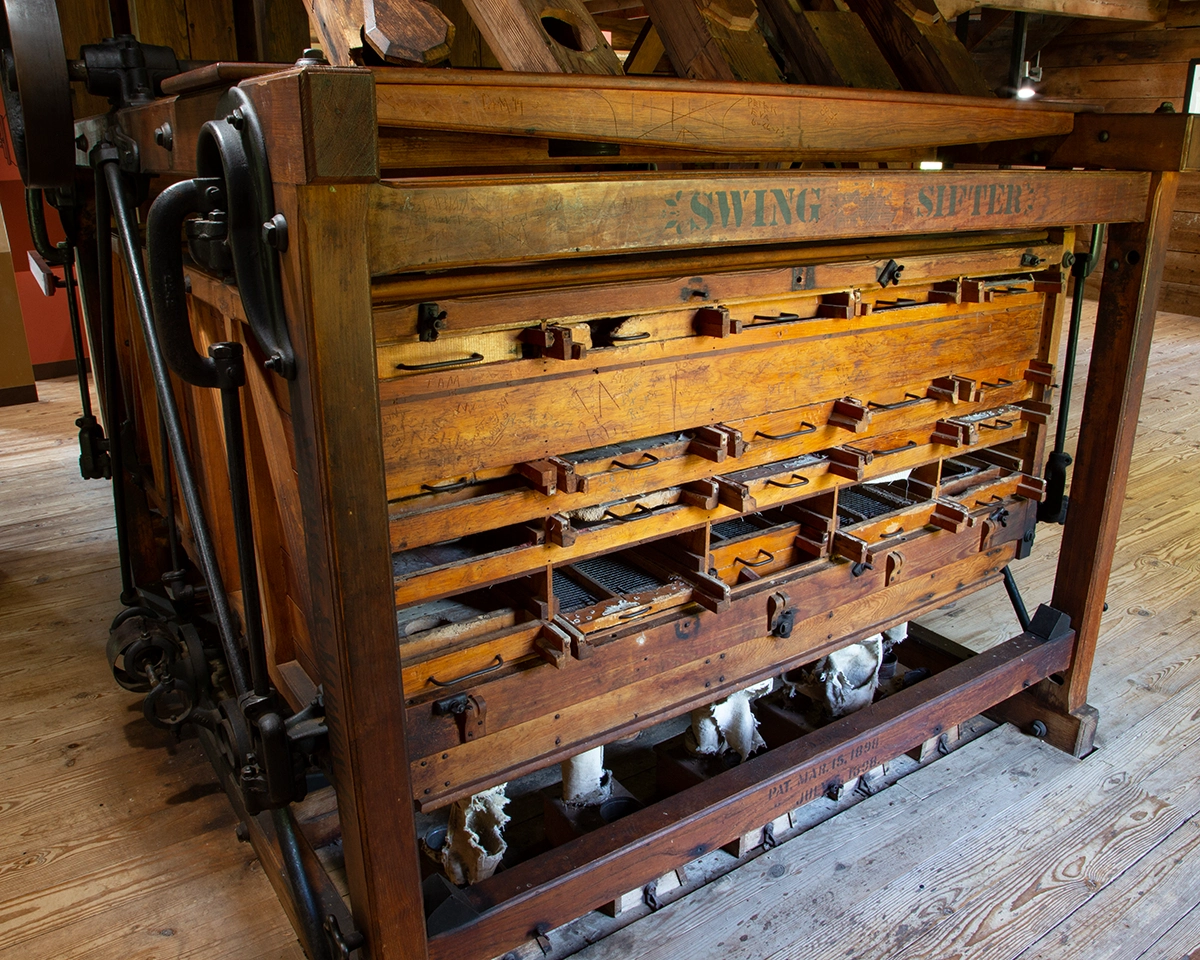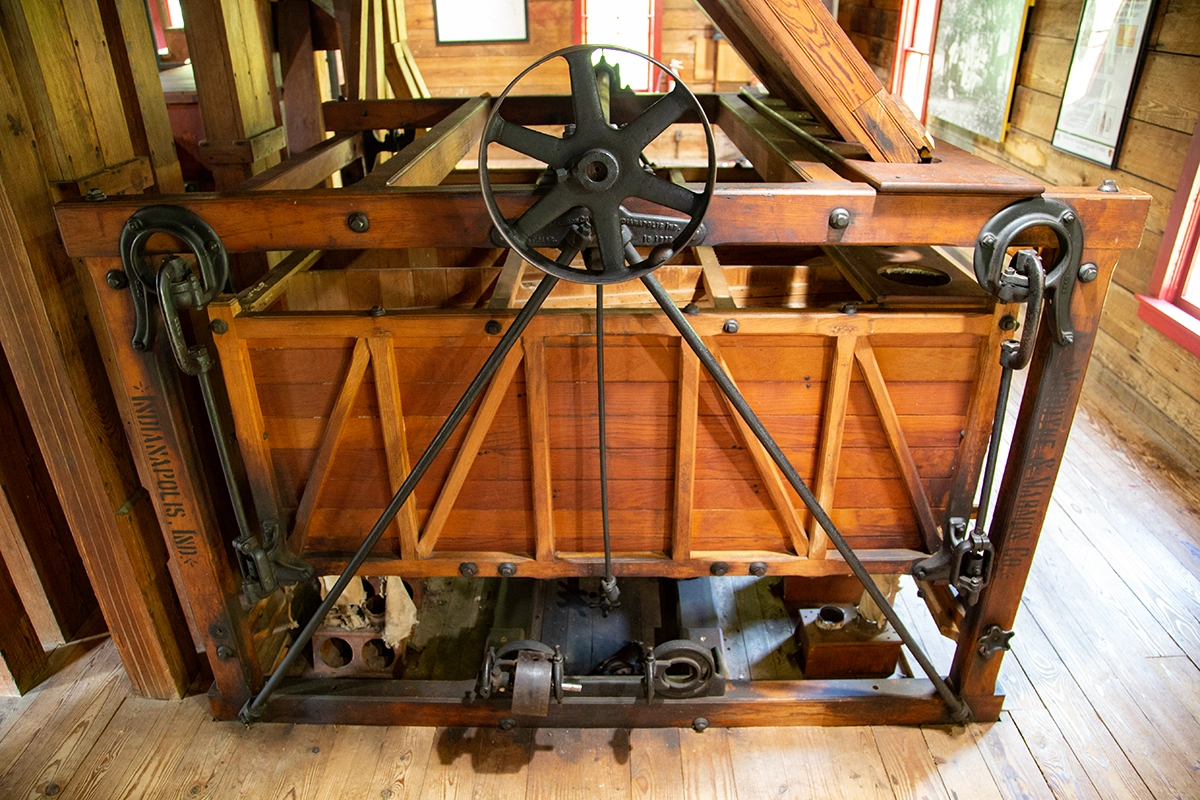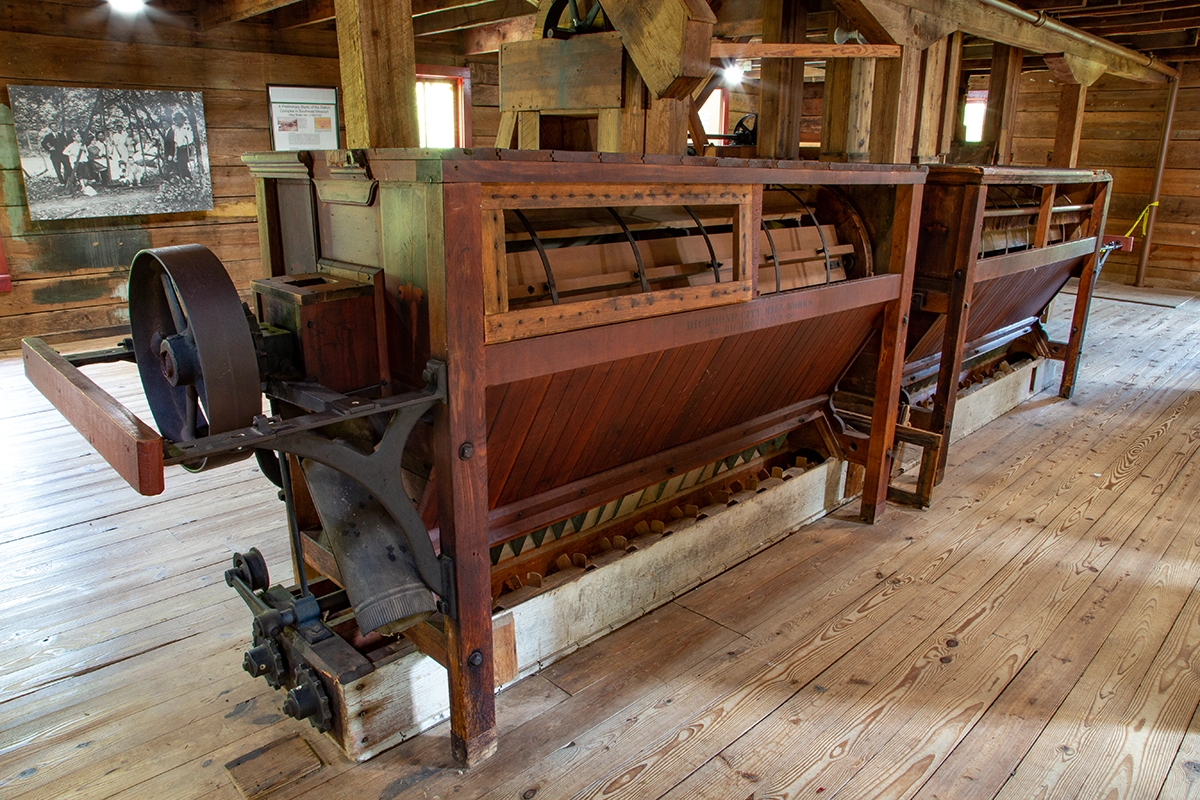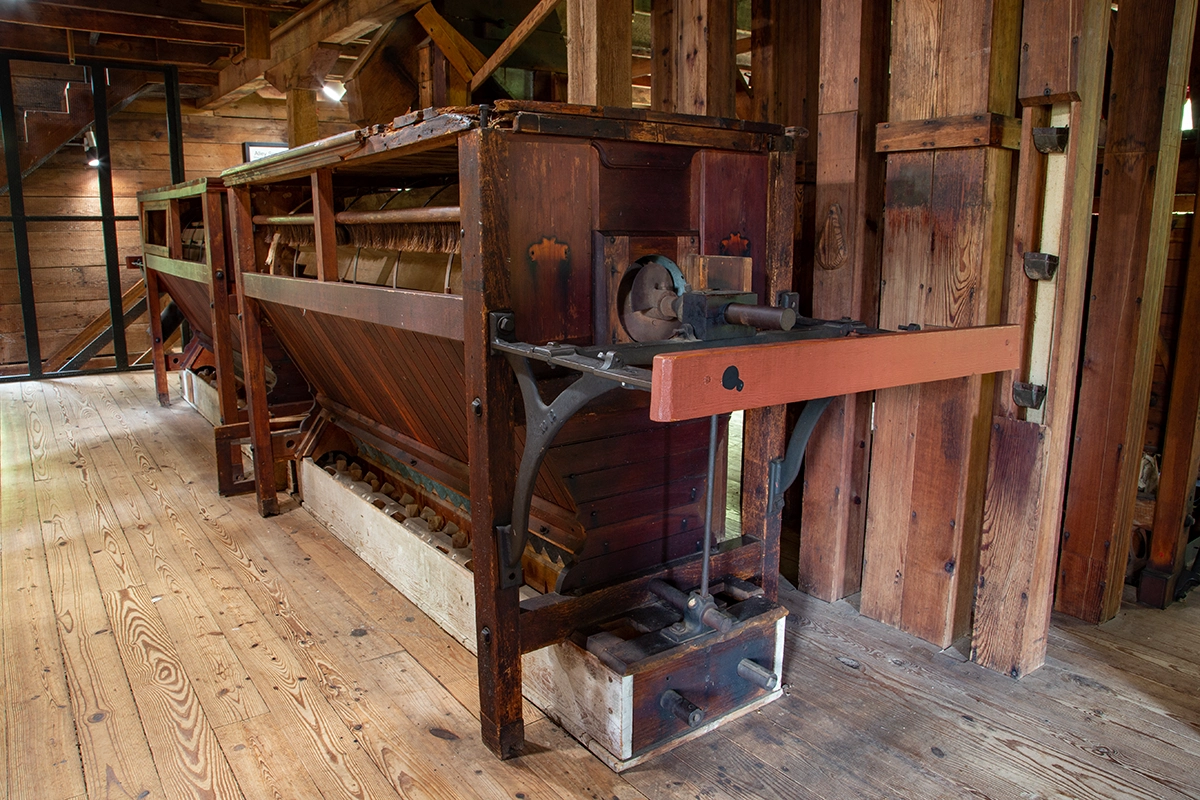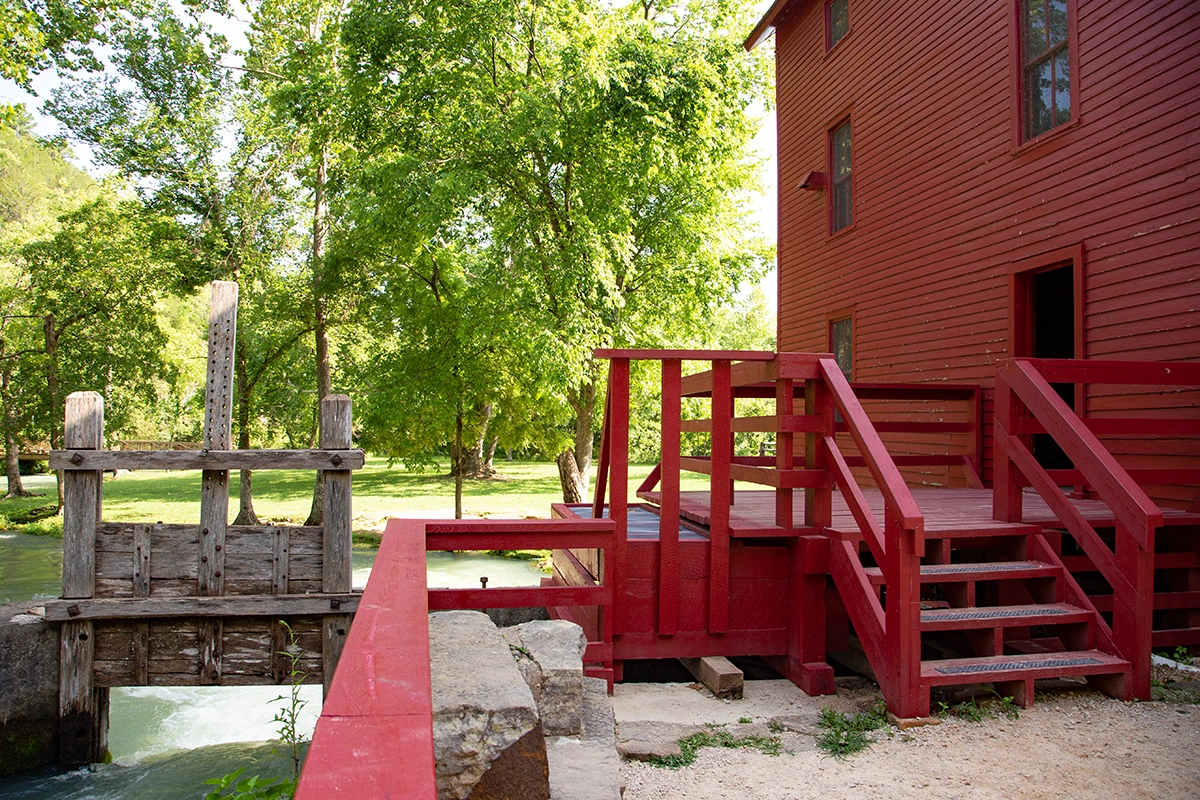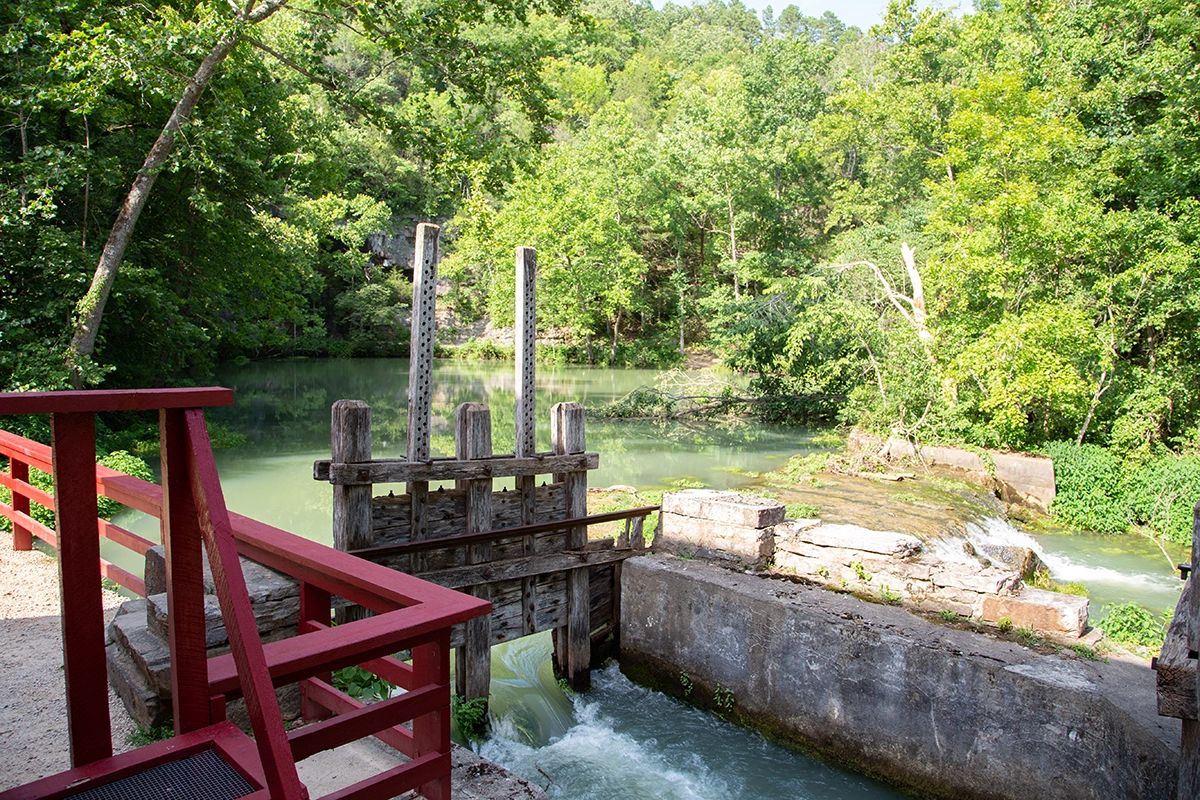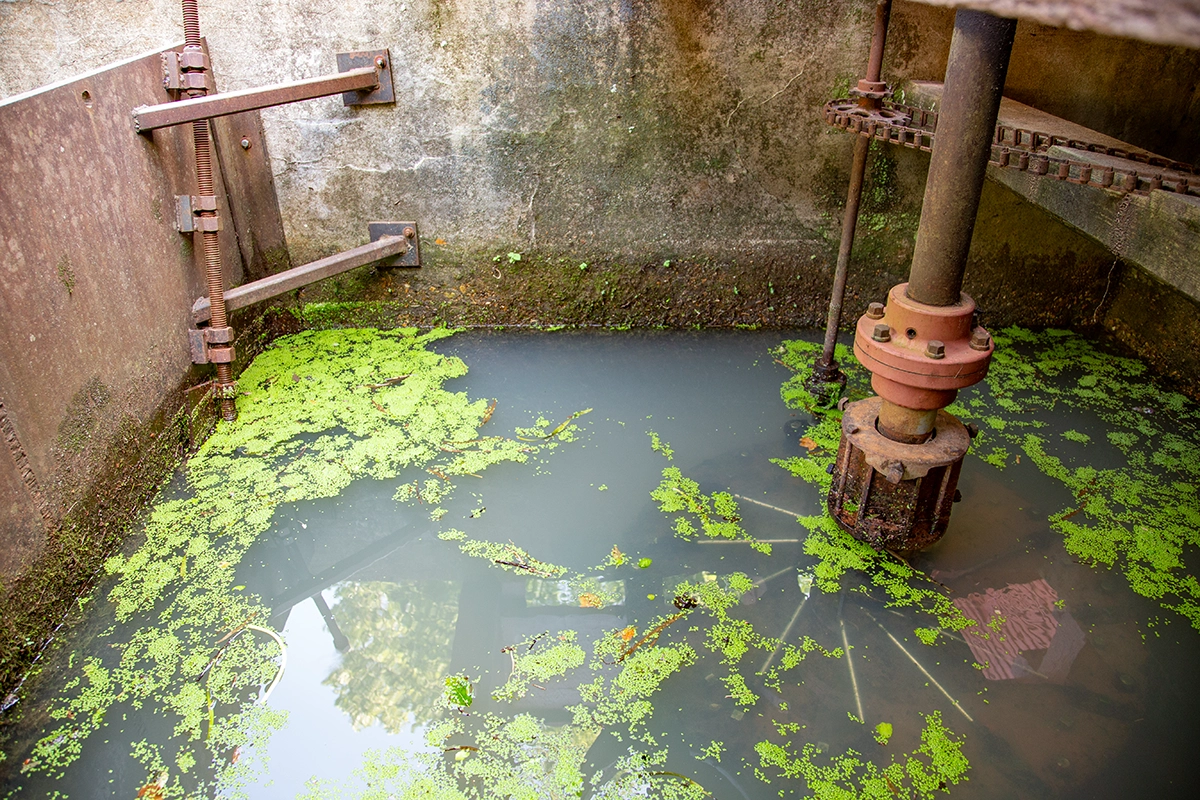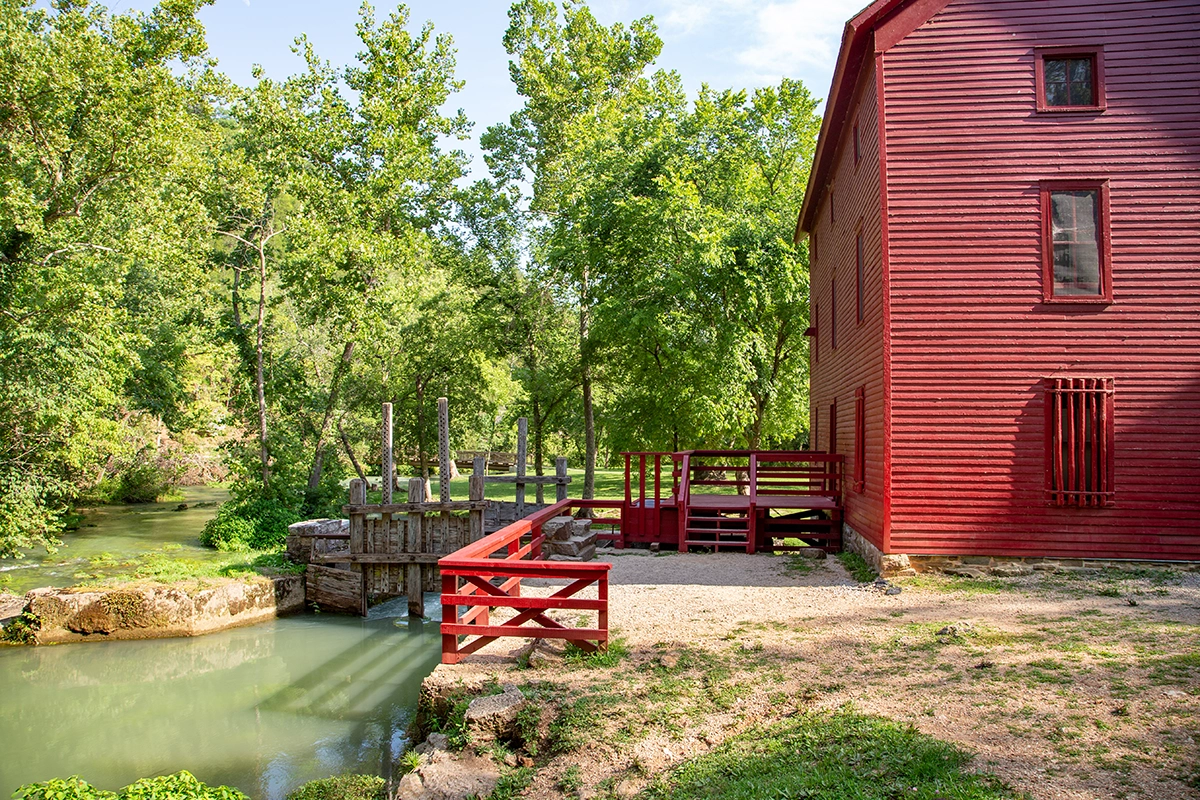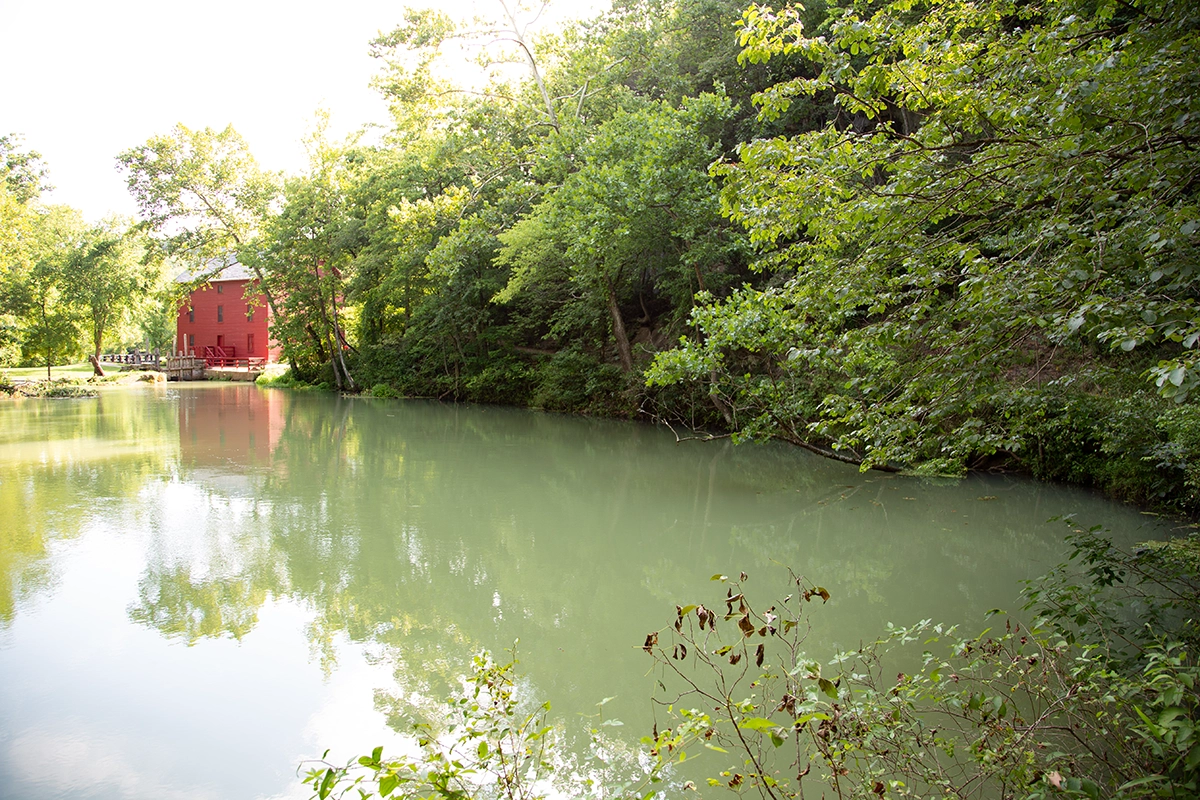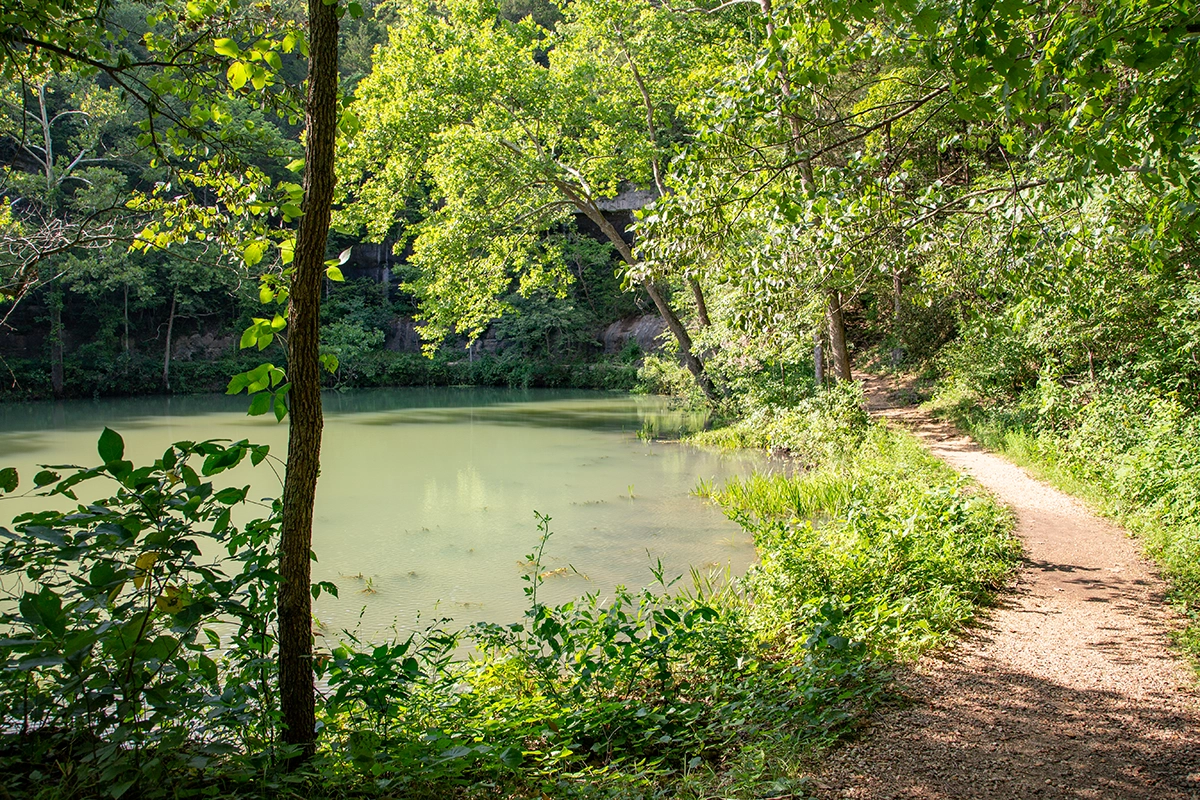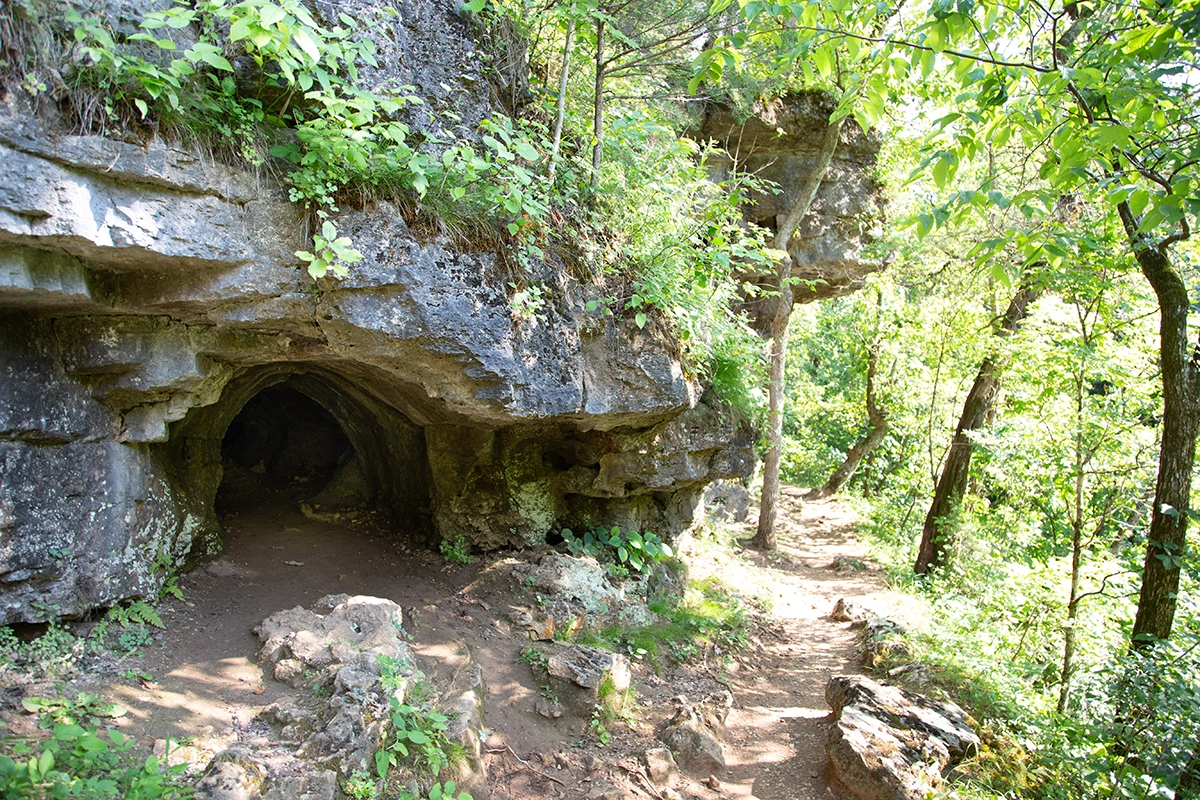Sunday, April 27, 2025
This general store is a mostly typical example of what was once the cornerstone of every small town in the United States but with one very unique feature; This particular general store was built on top of a natural cave which was purposely integrated into the structure's design and business functions. The building itself is over 100 years old and aside from some additions it doesn't look like it's been updated much, if at all, since it was constructed.
When the cave was no longer needed for refrigeration, the proprietor made use of it as a novelty and an entertainment venue instead of bricking it up and hiding it away from the public-which far too often seems to be the usual fate for interesting locations such as this. The fact that this general store is in the middle of nowhere with zero competition nearby, and they had a place with pool tables AND a cave, it must have been the best hangout spot for miles around. An old black and white photo shows various couples dancing in the cave and this rare glimpse provides a unique perspective into the history and past life of this old general store.
I don't know exactly when or why it closed down, but it has obviously been gathering dust for several decades now. There are tins of ~100 year old baking powder still lined up on otherise empty shelves. On another shelf, an item from a long ago defunct local manufacturer appears to be from the 1960s. I'd wager that's about when the doors here were closed for good.
Begin Historic Photos


End Historic Photos
Labels: cave, general store, rural exploration
Sunday, April 13, 2025
The Welch Spring Hospital was constructed above a natural cave in the early 20th Century on the banks of the Current River in Shannon County, Missouri. The site was chosen for its spring and cave whose clean water and fresh air was found to be effective in reducing symptoms in persons afflicted by "respiratory maladies" which included hay fever, head colds, asthma, emphysema and tuberculosis. It was operated here as a health resort sometime after being purchased by Dr. C. H. Diehl in 1913 until his death in 1940.
Click here for the video.
Christian Herman Diehl was born on December 9, 1879 in Montrose, Illinois. His parents were German immigrants who had settled in Illinois and of their nine children, only 5 survived past infancy. Dr Diehl attended school until he was seventeen, eventually working for the Illinois Southern Hospital after which he attended classes at what would later become Southeast Missouri State University. Afterwards, he enrolled at Austin College in Effingham, Illinois where he earned his Bachelor of Science. Following that, he went on to complete a 4-year course at the now defunct Saint Louis College of Physicians and Surgeons from which he graduated on July 15, 1908 and subsequently gained membership into the American Medical Association. Prior to graduation, he took an examination in "Indian Territory" in Oklahoma and upon graduating he gained experience through an internship at Jefferson Hospital in Saint Louis. He successfully completed both the Missouri State Medical Examination and the Illinois State Board examination. Dr. Diehl specialized in Public health and by 1910, he was listed at 323 S 4th Street in Effingham, Illinois, where he "built up a large and lucrative practice and has handled some very discouraging cases with complete success. He has his own laboratory and compounds his own medicines. He keeps thoroughly abreast of the times and is identified with medical organizations." During his time as a student, he was married, on October 6, 1907, to Jennie Deichmann who was also a student of Austin College. He was later elected to positions within the Effingham County Medical Society and was the District Health Officer.
Dr. Diehl suffered from hay fever and at some point he discovered that after going into the Welch Cave that his own symptoms were relieved and "the same results were obtained in the case of head colds and other respiratory maladies". It's not clear what Diehl was doing so far from home, considering that Welch Spring in Missouri is 4 hours from Effingham Illinois (by car) and at the time such a trip was much more difficult and took longer than it does today especially if one was traveling by horse.
The Welch Spring and Cave were named after the owner of the site whose name was, interestingly, Current River Welch. According to Mr Welch's granddaughter, Dr Diehl was spotted across the river when the owner's sons James and Arnold Welch had led a team of horses to the spring for water. Dr Diehl reportedly called out to them "Who owns this land and is it for sale? My name is Dr. Diehl." Subsequently, the Journal of the American Medical Association reported, on December 27, 1913, that "Dr Christian H. Diehl has purchased the farm on which the Shannon County Cave is located".
Aside from the aforementioned fact that this cave and spring is located such a long distance from his home and established practice, it's also not clear whether he had permission to enter the cave prior to offering to buy it. It seems unlikely that he (or anyone) would have made an offer had they not first discovered it-along with the subsequent relief of symptoms it provided. Was he initially trespassing into the cave and happened upon the owners when the reported story of their introduction had occurred? Additional details lost to time include the official start date of the enterprise; The Missouri State Medical Association reported in 1937 that Dr Diehl had been "carrying on some research for the last two years" at this cave. It is also reported that Diehl died in 1940 at age 61. If these dates are accurate then his medical retreat would have only been operational for 5 years, despite his having owned the site for a total of 27 years.
At some point during his ownership, in addition to building this "hospital", Dr Diehl had a road constructed from the top of the hill down to the site along which were cabins for the workers he employed. He also had a lodge store built near the entrance along with a dam constructed across the spring. This road still exists although it is now gated off and marked NPS access only, and nothing remains of any of the other buildings but a few foundations scattered in the woods. The hospital building is itself now all but ruins itself; four walls with no roof form a perimeter around the cave entrance. Contained within the walls, aside from overgrowth, a staircase leads down to a small passage in which were built what appear to be a couple of concrete beds whereupon, one assumes, patients had once rested. Beyond them, a stone doorway serves as the entrance to a small subterranean chamber which is mostly flooded but which retains its natural cave features and presumably the same fresh air which originally brought Dr Diehl and subsequently his patients, relief from their respiratory ailments.
The site was abandoned upon the doctor's death in 1940 and after deteriorating for the last 80 years it is currently barred up and off-limits as part of the National Park Service.
The accessible portion of cave from inside the building is only one small room and is perpetually flooded. I do not recommend anyone try going here because it's not worth potentially damaging the site when the photos I've included below show everything there is to be seen.
Sources: (1) American Medical Directory 7th edition 1921; (2) Journal of the American Medical Association December 27 1913; (3) Illinois Medical Blue Book 1922; (4) Illinois Historical Effingham County Biographical 1910; (5) Missouri State Medical Association volume 34 1937; (6) Salem News Online
Historic Photos of Welch Spring Hospital
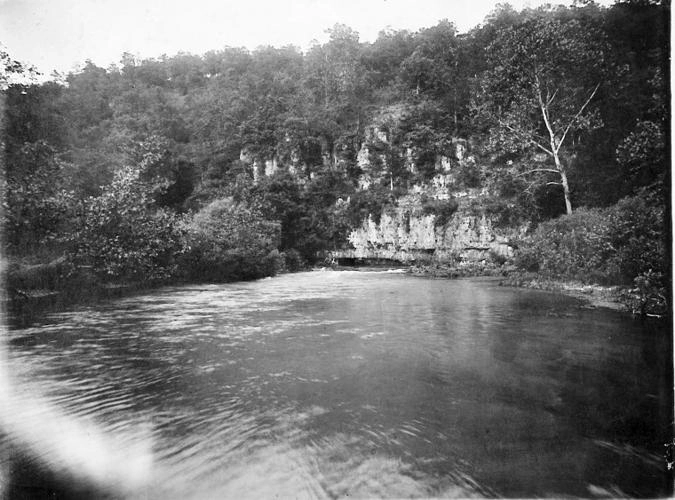
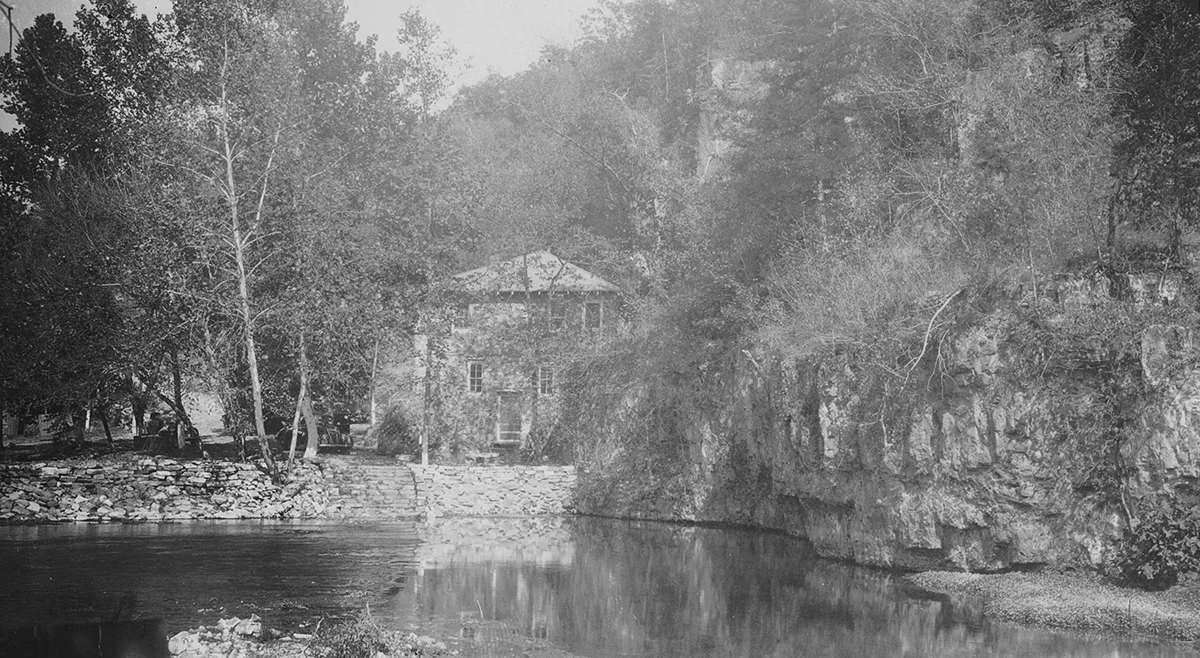
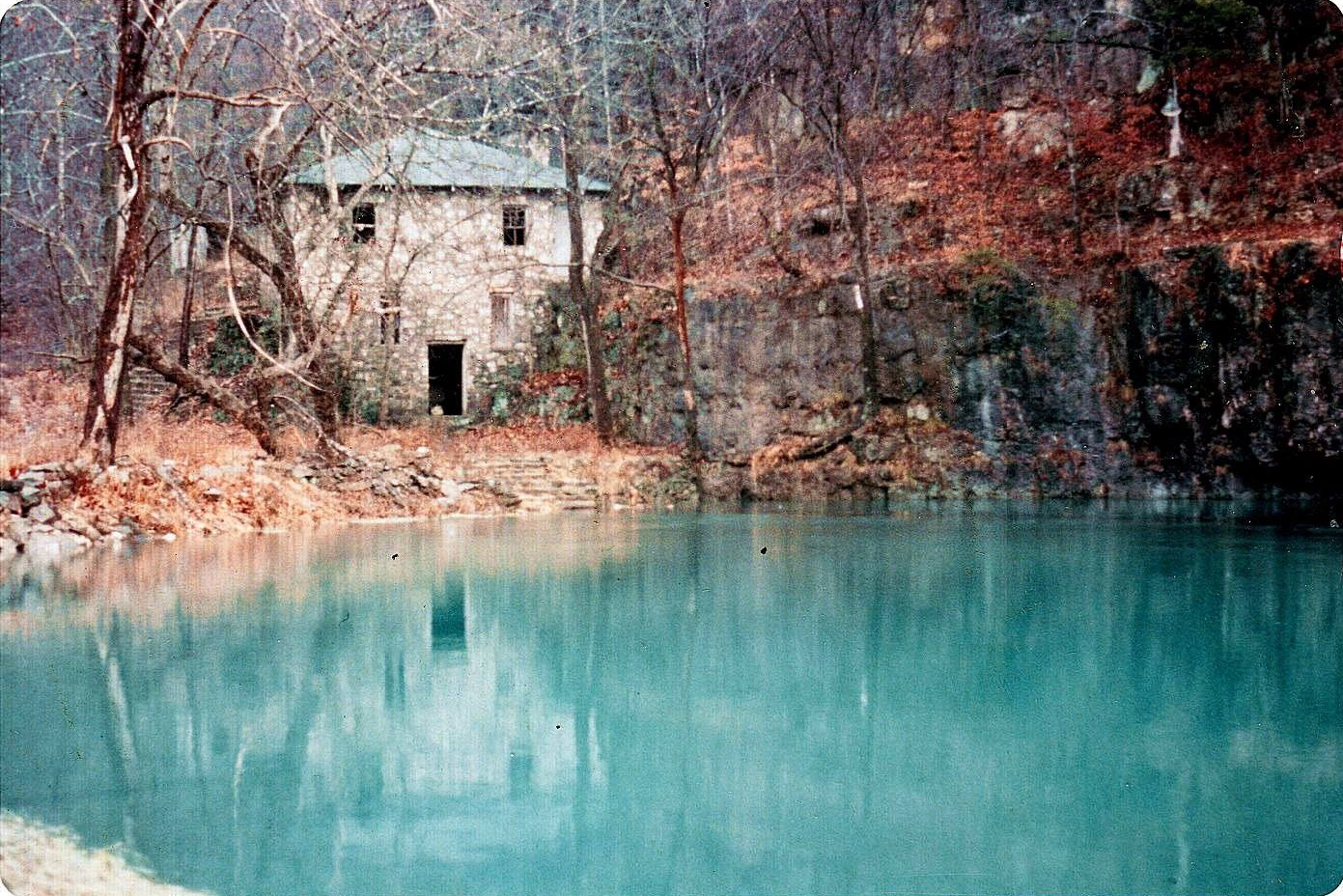
End Historic Photos
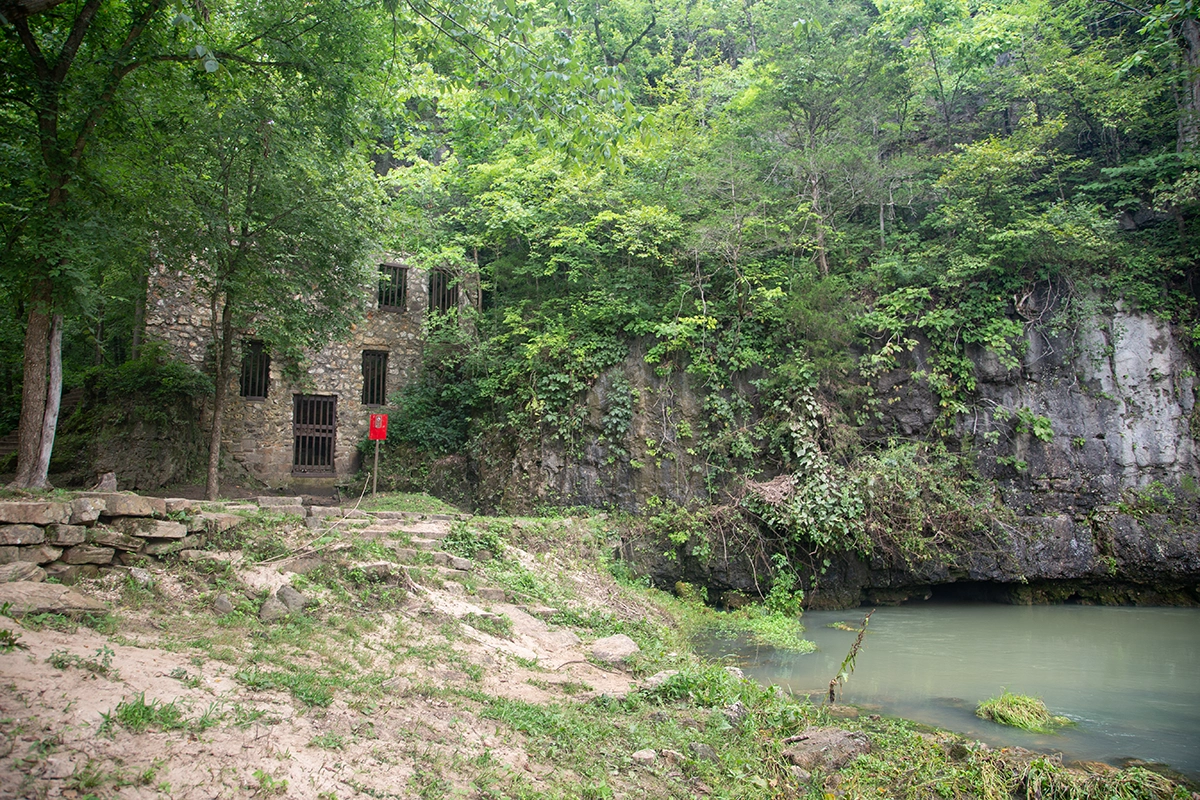
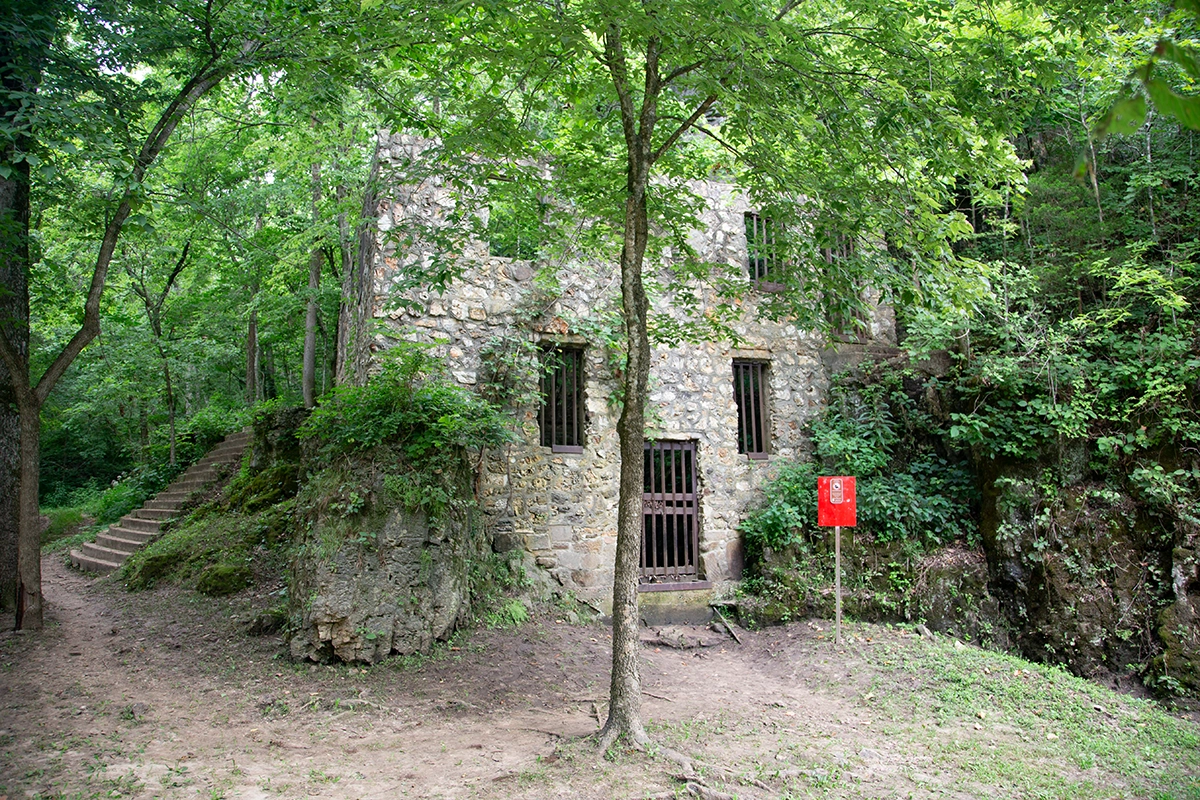
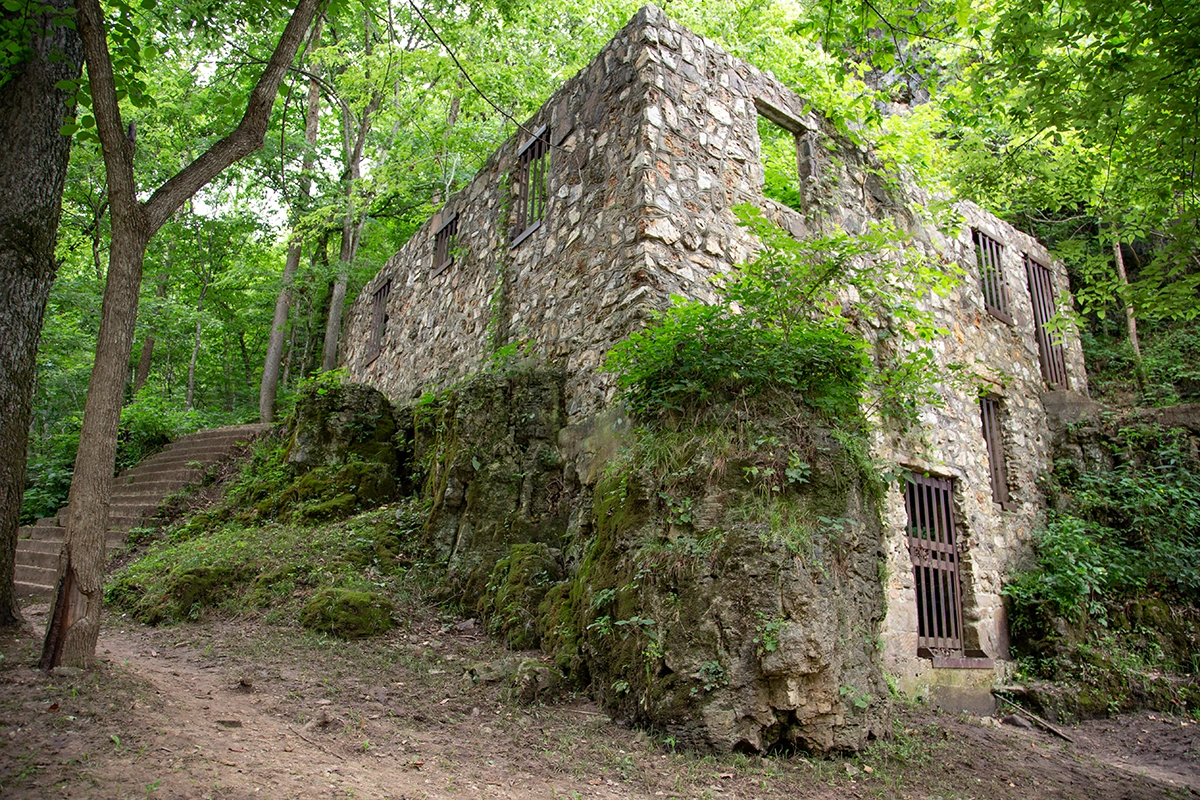
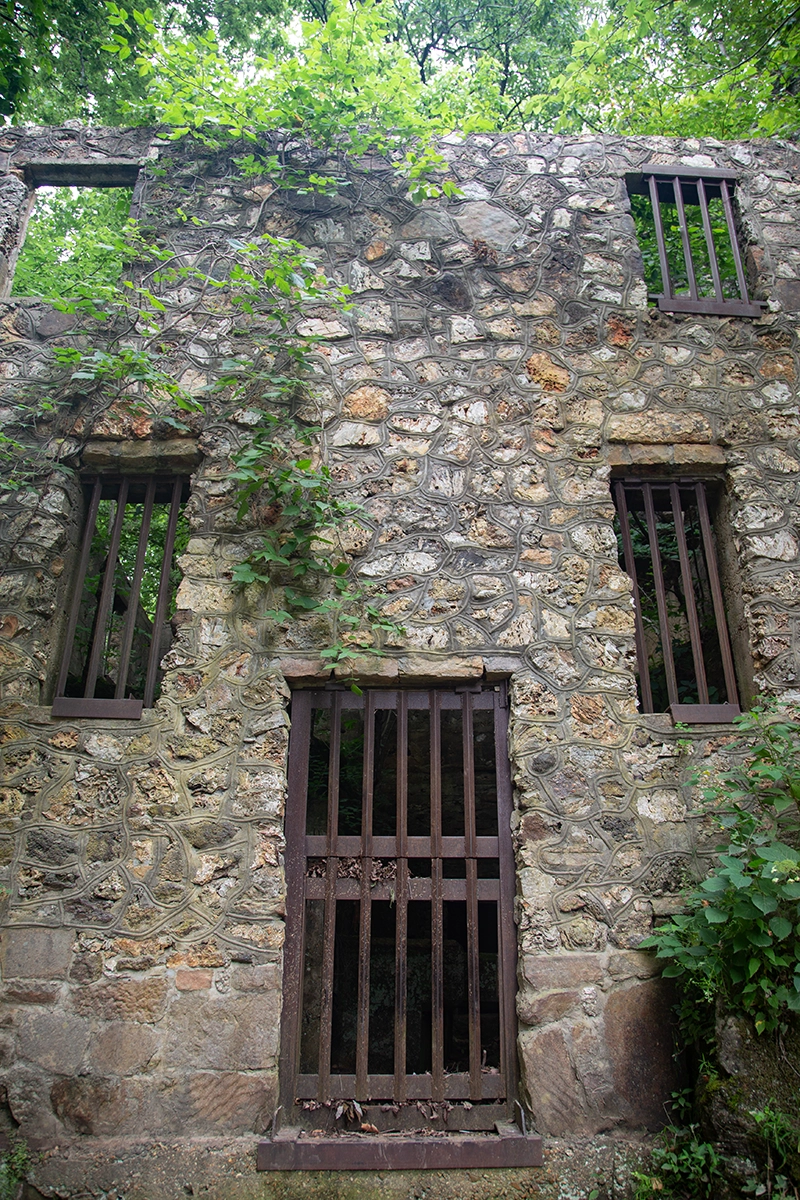

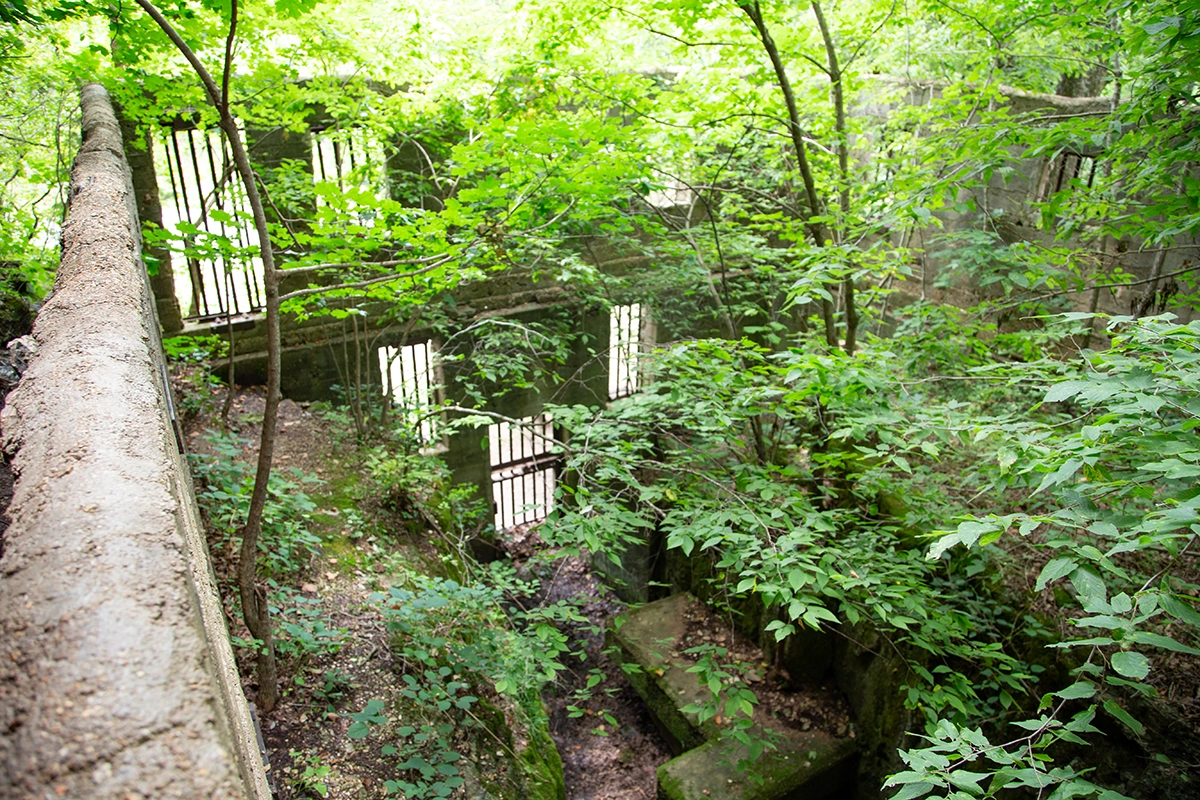
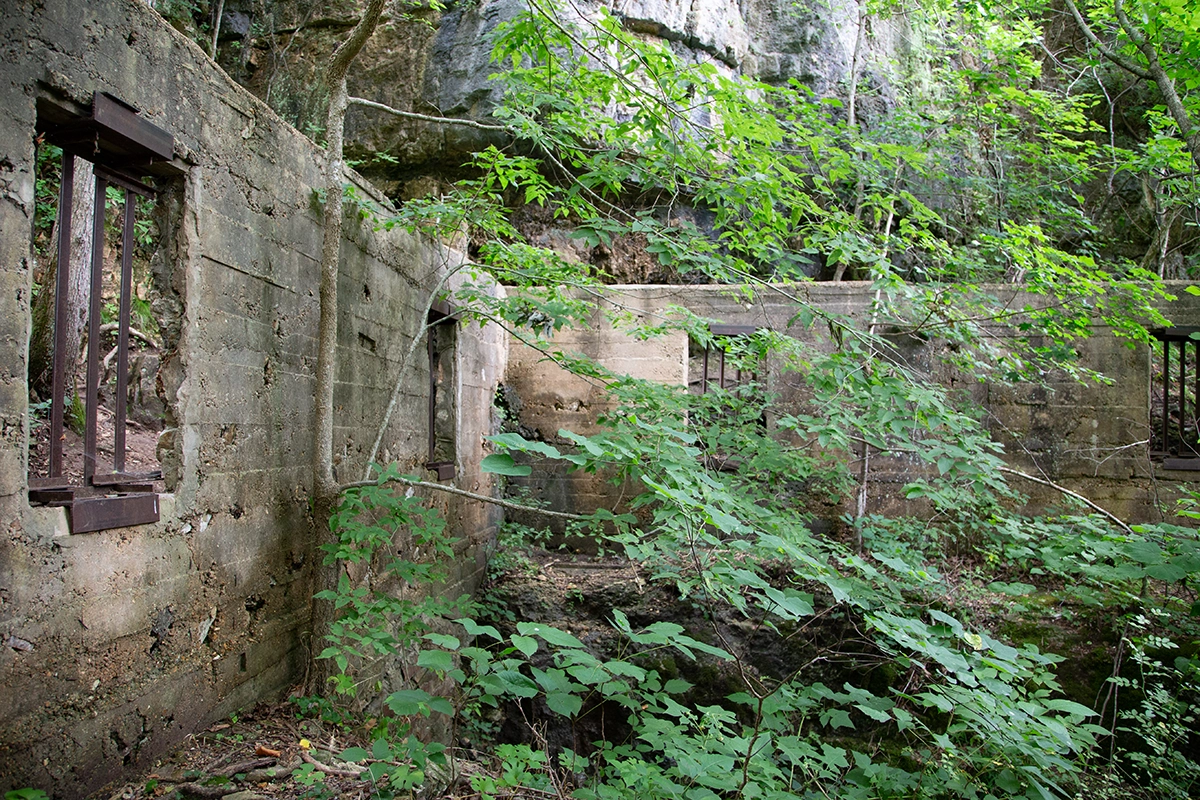
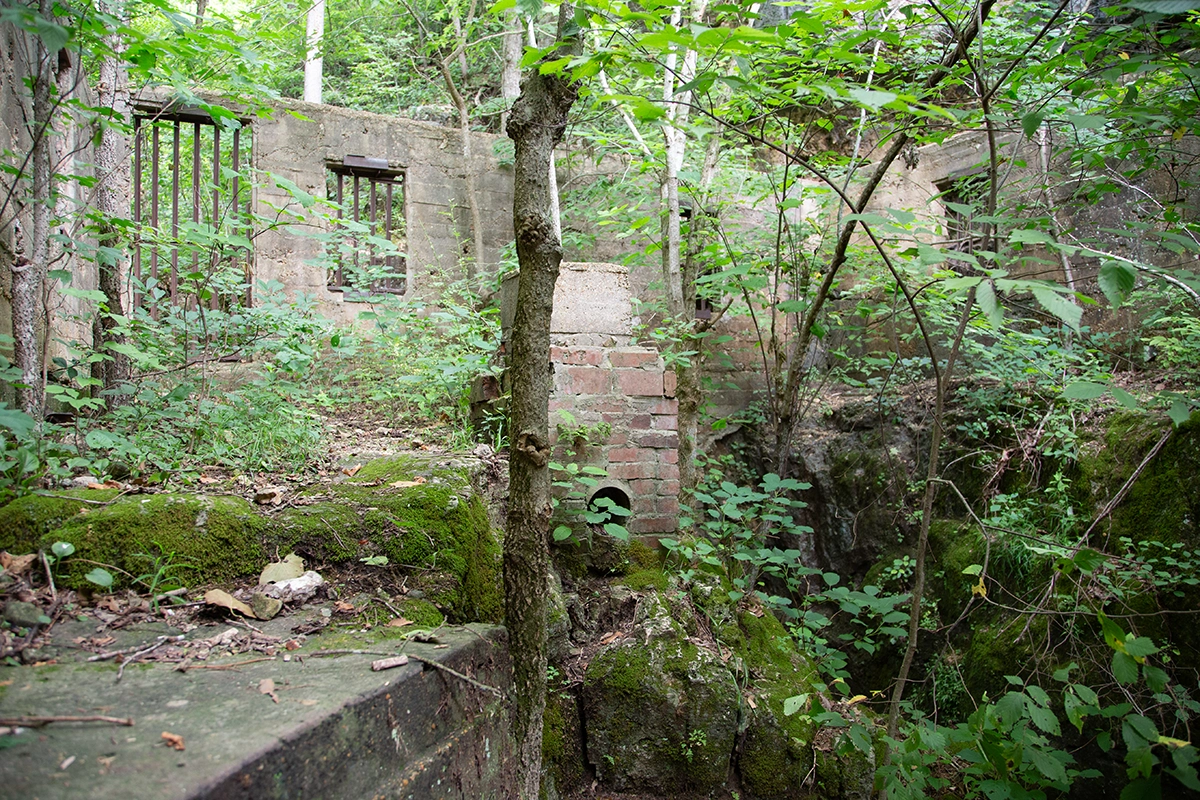
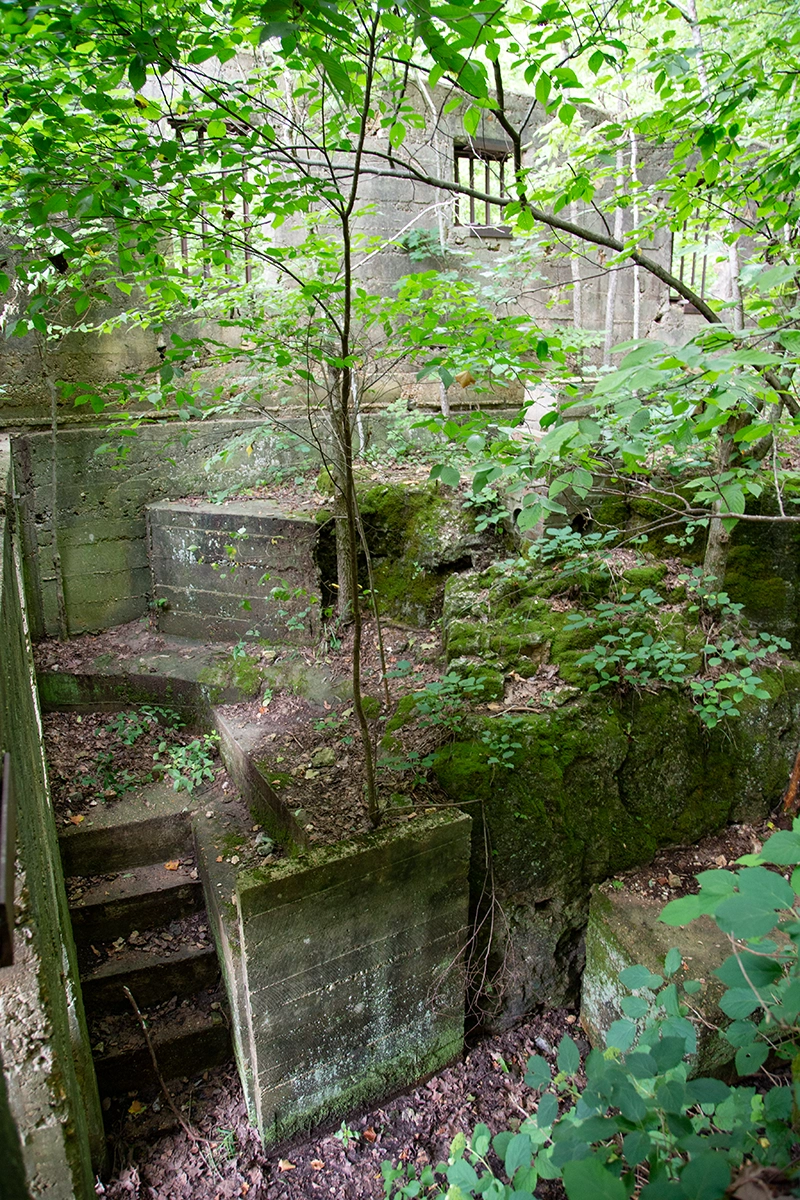

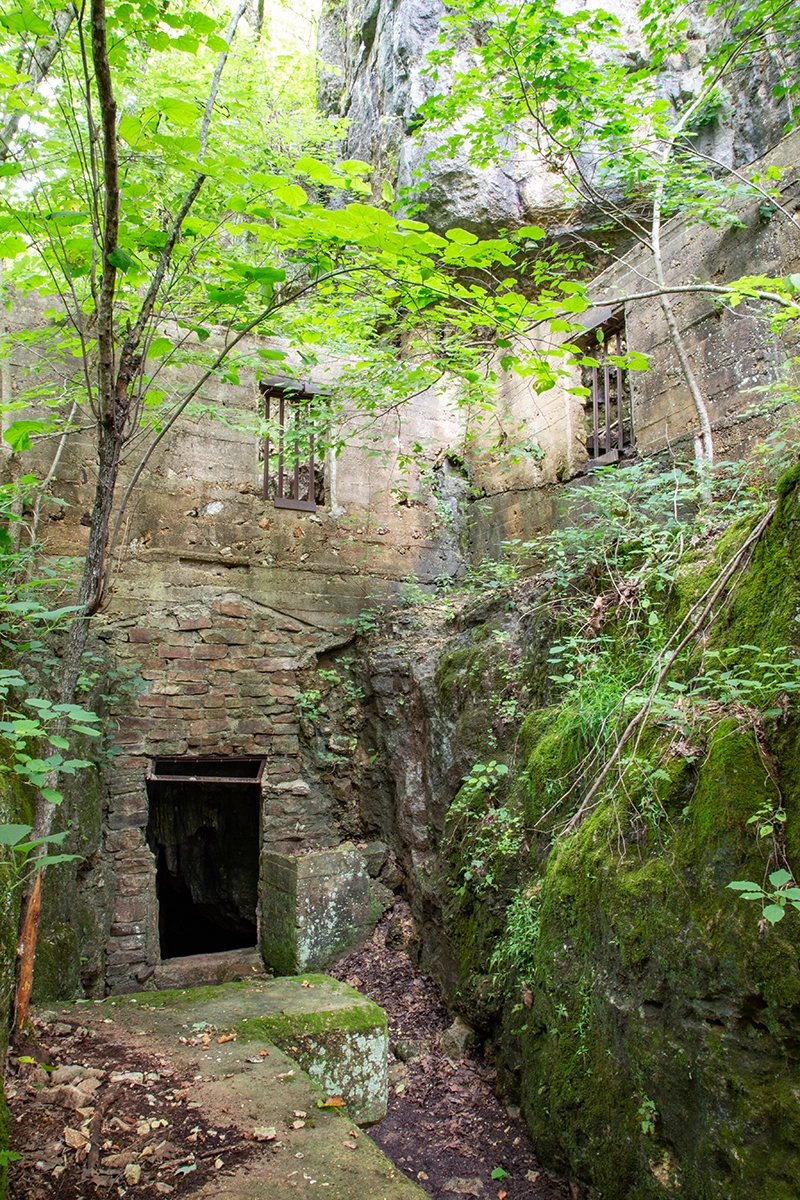
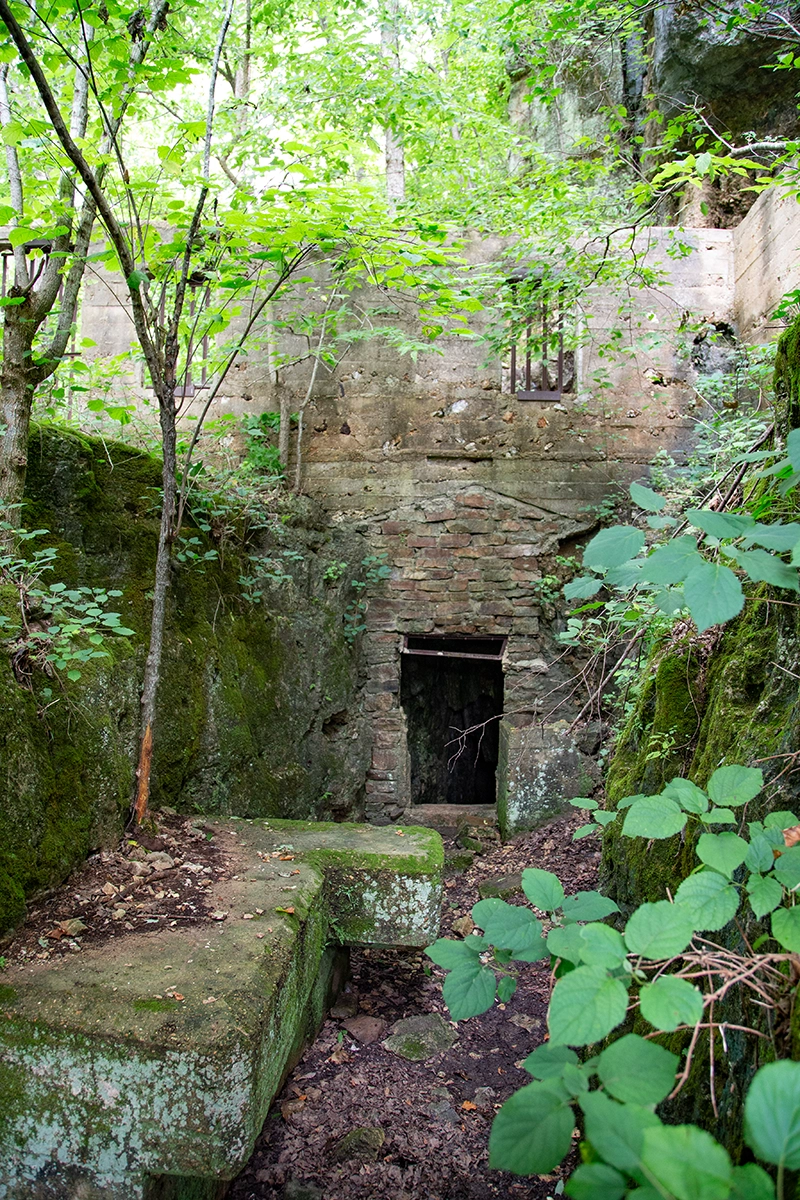
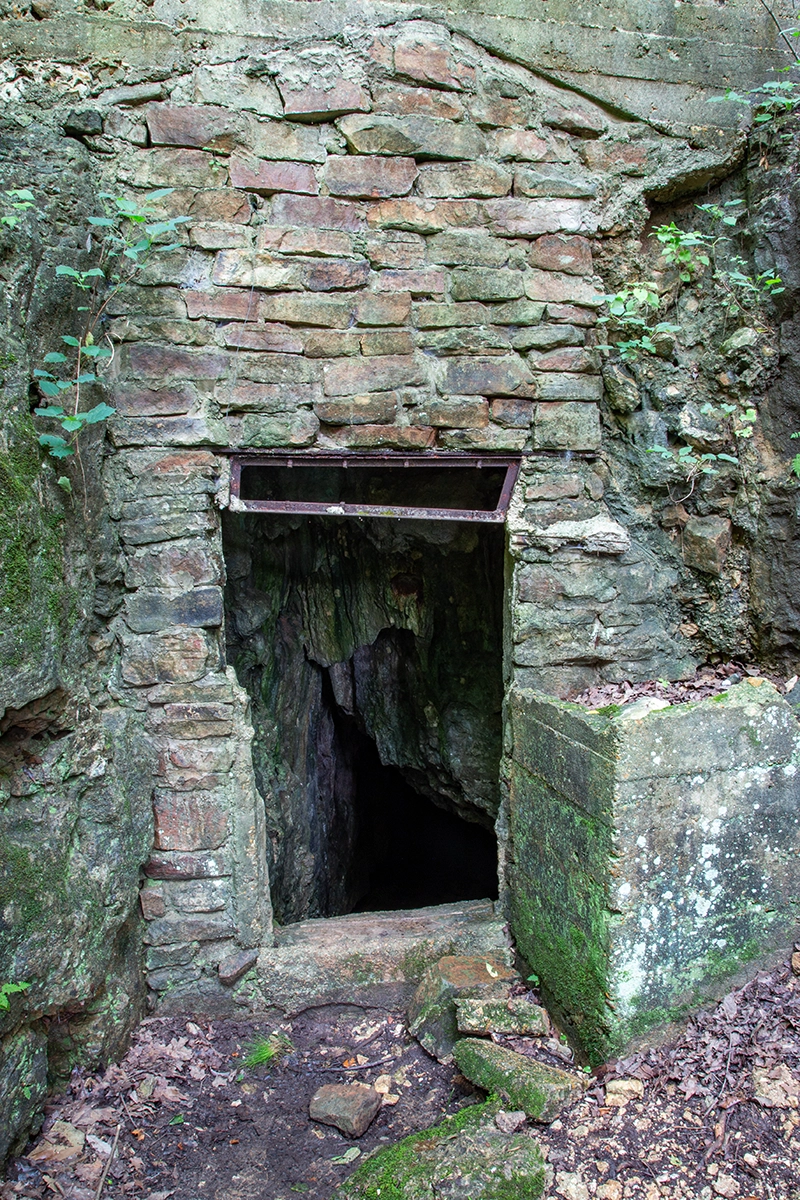
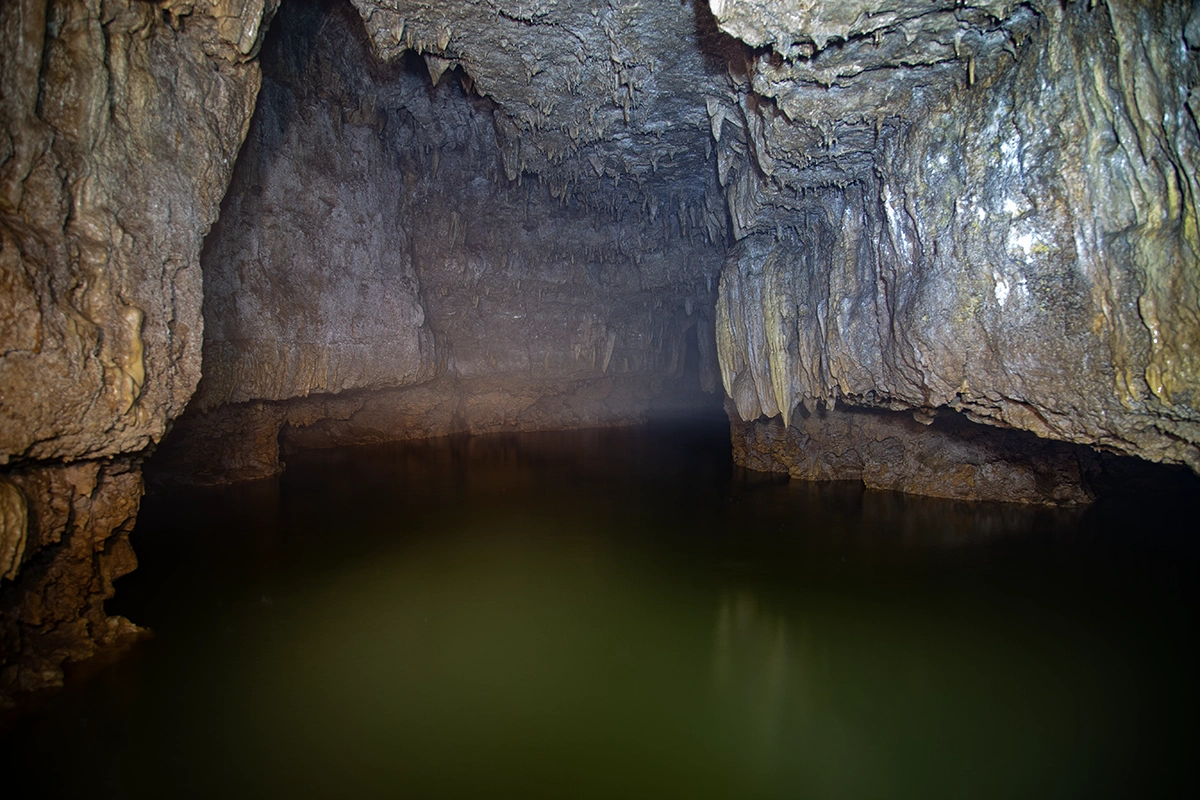
Wednesday, April 9, 2025
Alley Spring Mill was constructed near Eminence, Missouri in 1893-1894 by George Washington McCaskill. A Leffel turbine installed beneath the back porch powered the mill via a driveshaft in the basement which was in turn connected to various belts which powered the machinery inside. Grain to be milled was placed into bins on the first floor through which they were conveyed to the milling machines which ground the grains into flour. On the second floor, the flour was sifted through a series of silk sieves which, by filtering the material, a uniform consistency was achieved.
This is an incredibly scenic slice of Missouri. There's a trail around the spring and various caves in the surrounding hillside.

























